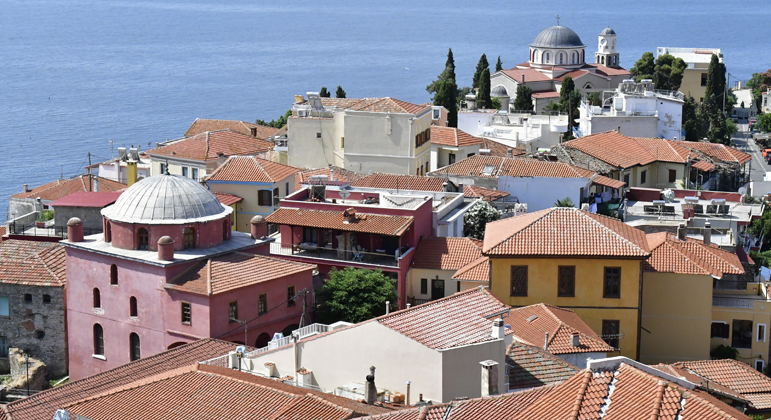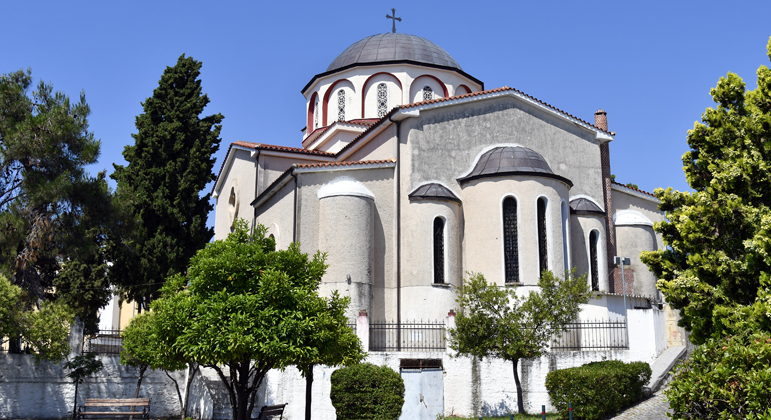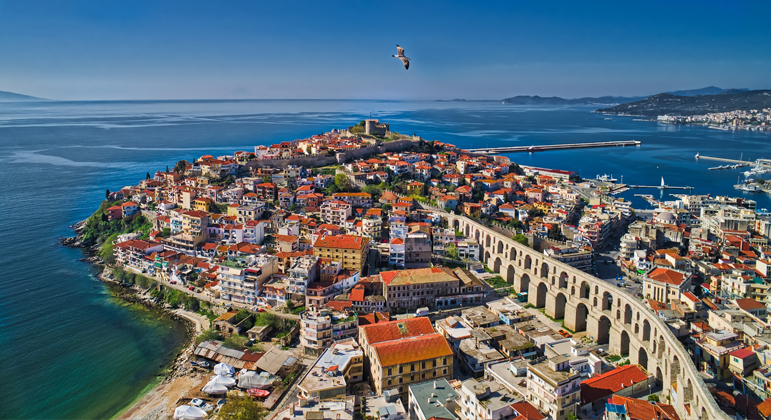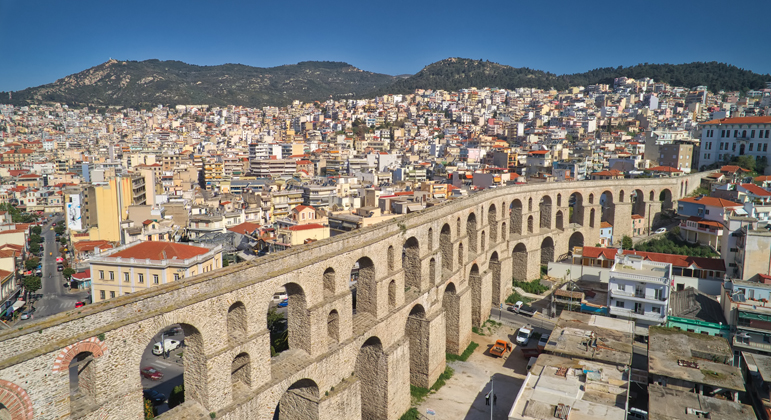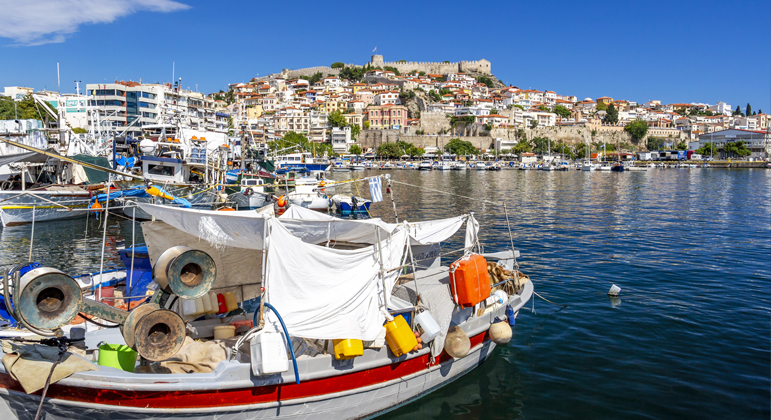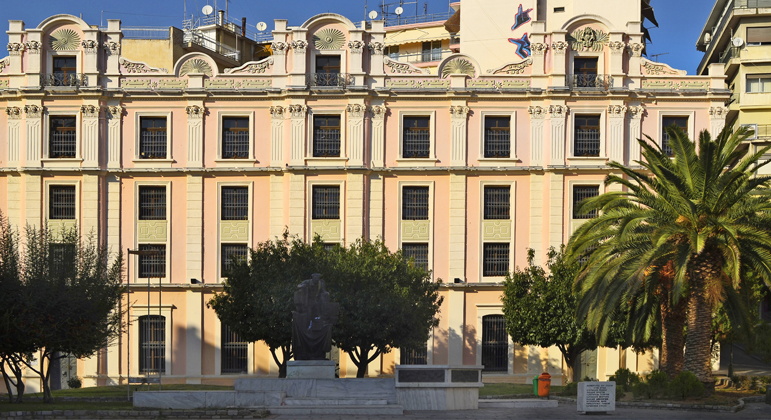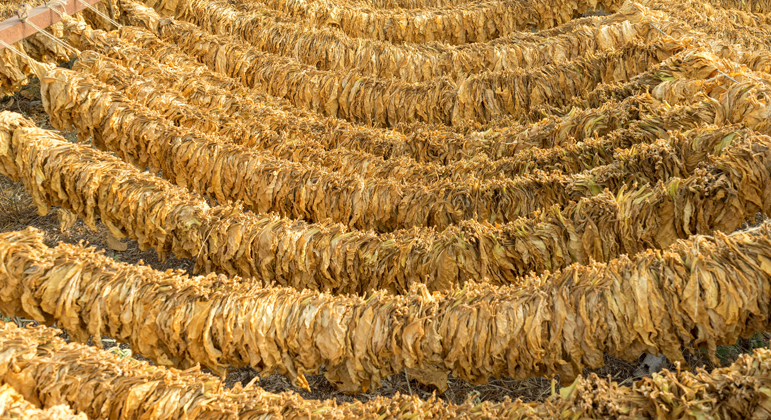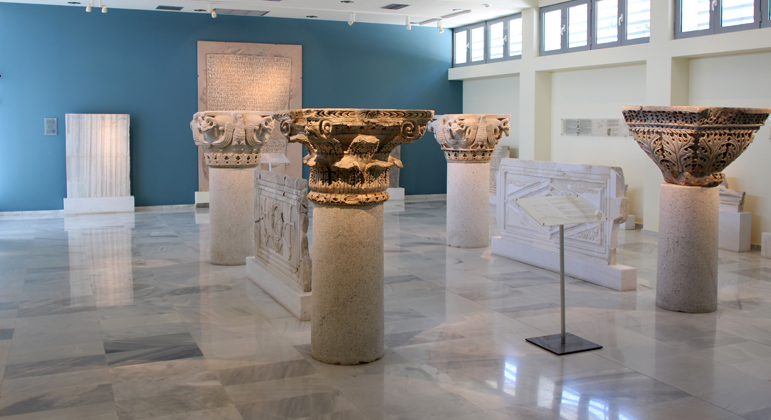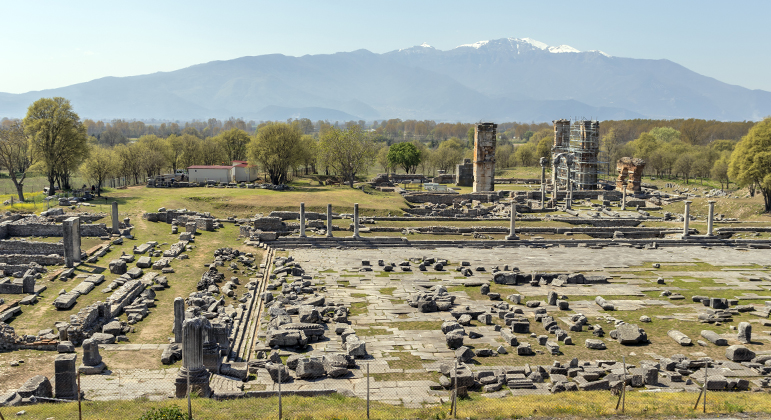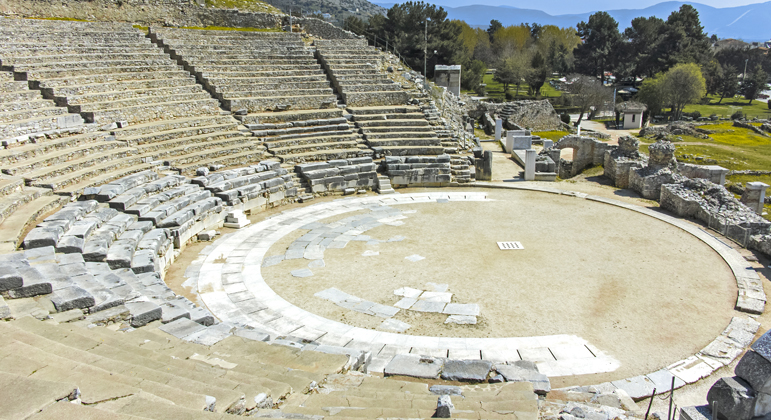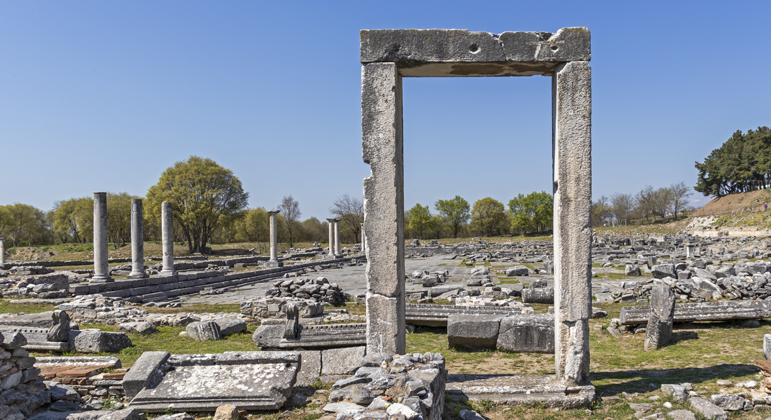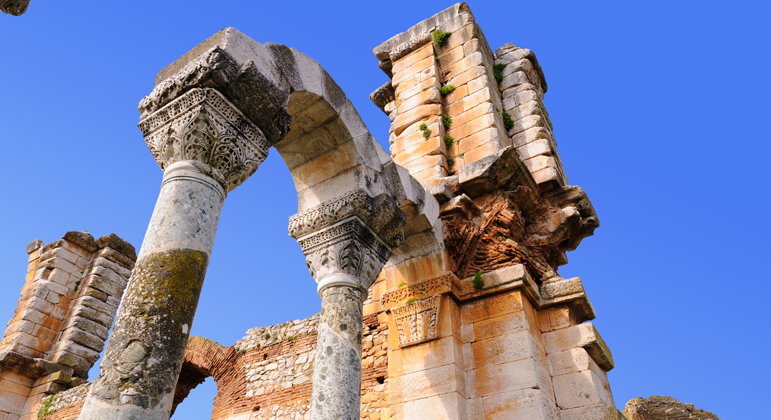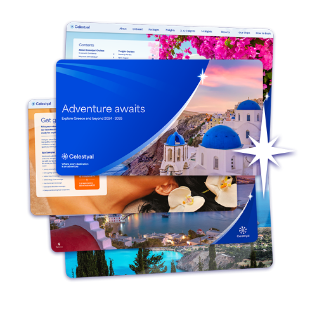Kavala is a Hidden Greek Classic
With its multifaceted history contributing to a vibrant atmosphere today, there’s definitely something unique about Kavala, called “the blue city” on account of the crystal clear waters of its coasts and dreamy sea views. This atmospheric northern port city on the Thracian Sea is 27 centuries old, having been founded in the seventh century BC by settlers from the nearby Aegean island of Thassos. Back then the new town was called Neapolis, which was allied with Athens through the Peloponnesian War and later belonged to the Second Athenian League. Eventually, it would be conquered by the ancient Kingdom of Macedonia and its present name of Kavala is said to be based on the name of Alexander the Great’s favorite horse. Equally legendary is the city’s setting itself, rising amphitheatrically from the Bay of Kavala with the old town unfolding atop the triangular Panagia peninsula, a mosaic of winding lanes and old red-tile roofed houses under the benevolent watch of the Byzantine fortress known as the Kastro. Apostle Paul alighted at Kavala (then still Neapolis) on his first voyage to Europe and in and around the city today early Christian pilgrimage sites mix with evocative remnants of Ottoman architecture like the Imaret. And Philippi, a major archaeological site and the ancient city for which modern Kavala was the port, beckons just nine miles from the center of town.
Amazing excursions carefully curated

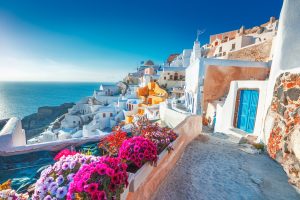 Santorini
Santorini 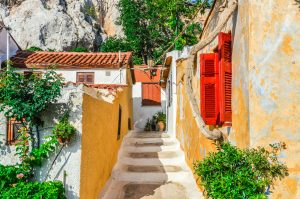 Athens
Athens 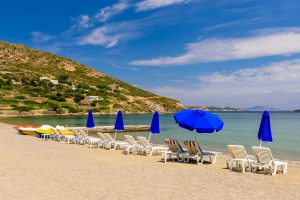 Patmos
Patmos 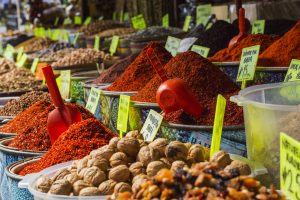 Istanbul
Istanbul 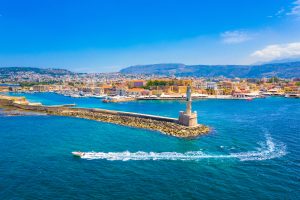 Crete
Crete 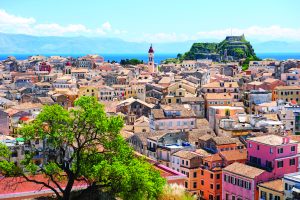 Corfu
Corfu 







 Deutschland (€)
Deutschland (€)
 Turkey (€)
Turkey (€)
